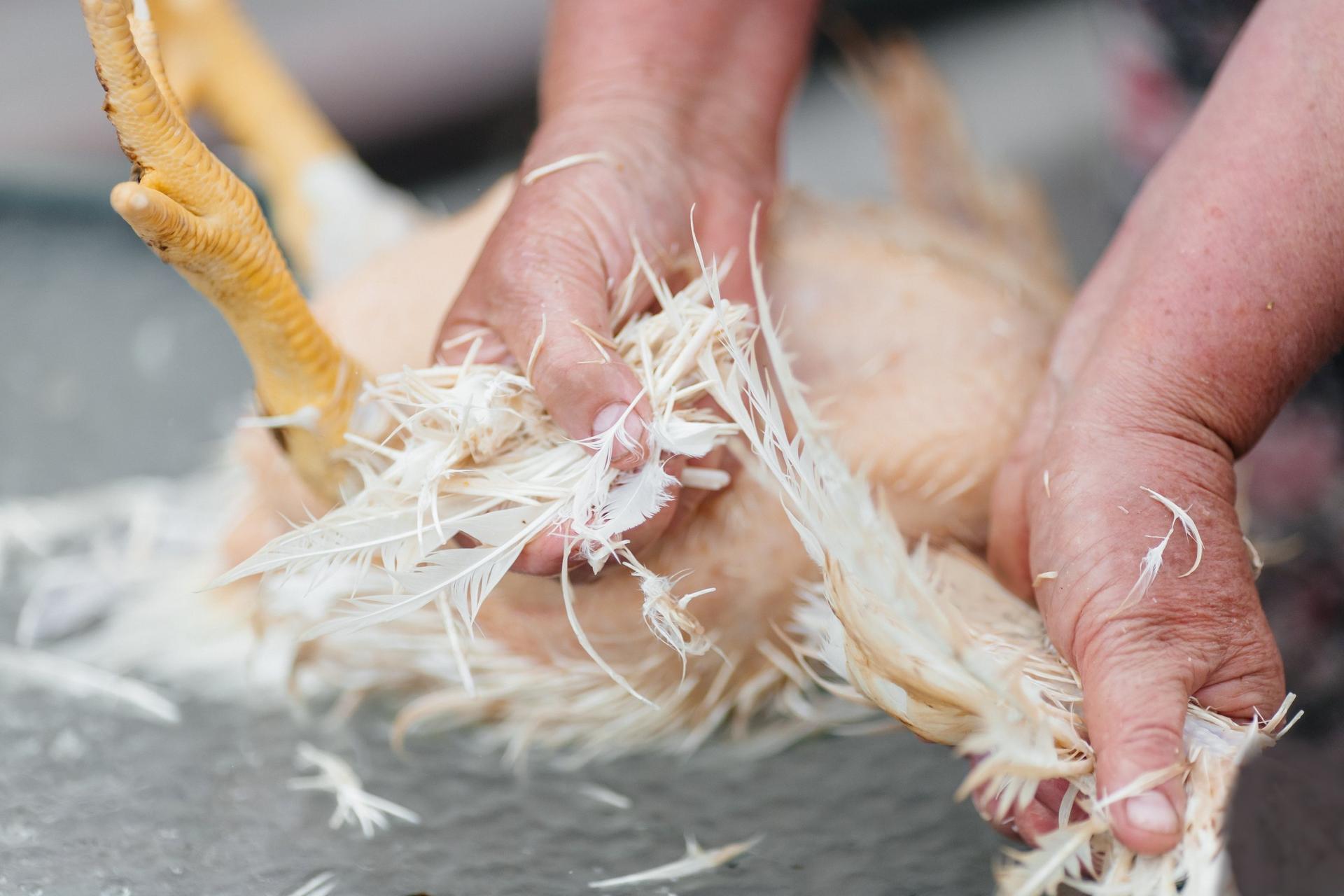Time to rethink waste
It is time to rethink waste. Through innovation, many leftovers from human food production can be turned into new valuable resources containing nutrients that are essential to the diet of many aquaculture species.
The environmental crisis we are currently witnessing is partially due to a throwaway culture. Around 30 % of all food production is wasted. By valuing waste as a resource, we have an opportunity to change this behaviour.
While there are many measures to minimize food waste, not all parts of plants and animals can be directly consumed by humans. By-products from human food production contain valuable nutrients and can be safely reused as feed ingredients. Through innovation, many can be repurposed and turned into valuable new resources directly or as feed for insects or microorganisms. This way they can re-enter the food system as ingredients in aquafeed.
Land animal by-products (LAPs), for instance from poultry, contain many valuable nutrients essential to the diet of many aquaculture species. They are invaluable resources that can diversify the raw materials portfolio for aquafeed not only as a great source of protein but may also for their strong sustainability profile.
Traceability, quality assurance and market acceptance
LAPs have always been considered a valuable resource. However, poor traceability and monitoring of these raw materials led to the BSE crisis (known as mad cow disease) which put a temporary end to the use of land animal by-products in feed production. Even though strict legal rules and regulations have since been implemented, there is still a reluctance in some markets to accept and approve these raw materials into the food system.
As we strive to decouple from the human food supply chain, we must acknowledge that LAPs and other alternative raw materials can aid in the sustainable growth of the aquaculture industry.

Imagine repurposed waste
Today, there is a greater range of products originating from land animals than ever before. The stricter controls combined with innovation within the animal processing industry allows for much more consistent quality of land animal raw materials.
It is time for us to rethink waste and develop a more sustainable mindset. The conservative views around certain by-products are no longer warranted. To have a truly sustainable aquaculture industry, we must look to use circular ingredients with a superior sustainability profile.
In addition to their contribution to sustainable practices, the use of land animal by-products also provides an economically palatable alternative to traditional raw materials used in fish feeds, particularly when raw material markets display a high degree of volatility.
LAPs play an important role in our raw material portfolio. They are increasingly being used in many BioMar production facilities around the world. Even in some conservative markets we have almost doubled the production of feed containing LAPs only this last year. Still, reluctancy to accept and approve the use of land animal by-products that are both legal and safe continues. Now the time has come to explore whether we can overcome reluctance. The increased acceptance of LAPs is very positive news for the overall financial performance of aquaculture producers. In addition, the use of LAPs will put circular economy thinking into action for a sustainable future for the aquaculture industry.
We are on a quest to deliver feeds with a performance that is tailored to suit different farming objectives in the best possible way. To achieve this, we combine state-of-the-art technology, innovative feed ingredients and extensive Research and Development efforts. At BioMar, we believe that we will come through these challenging times by trusting in science and innovation, and through a collaborative approach, together with our trusted customers and partners.

